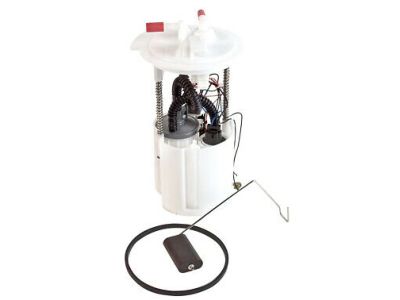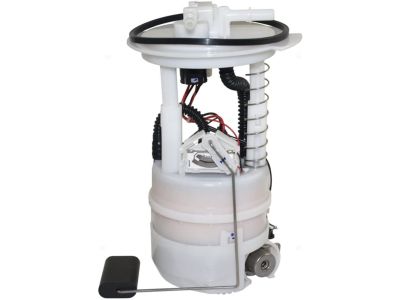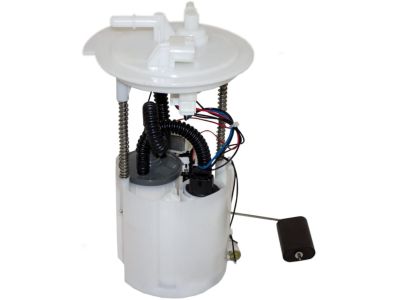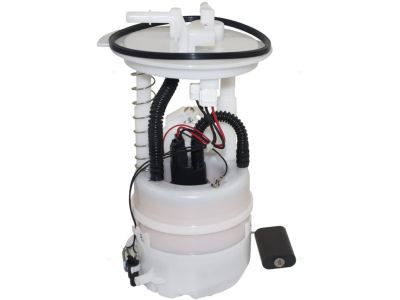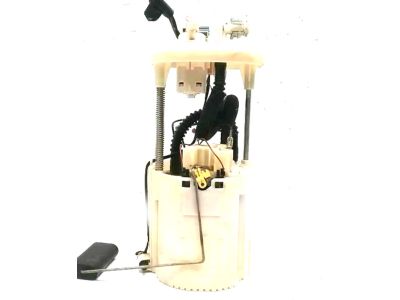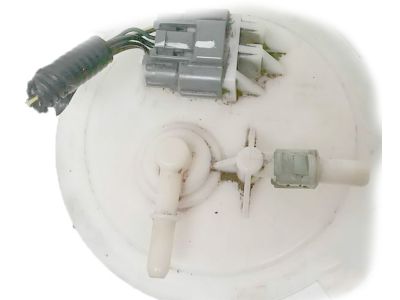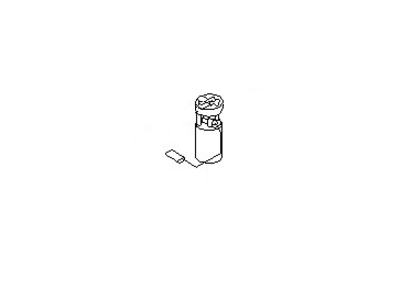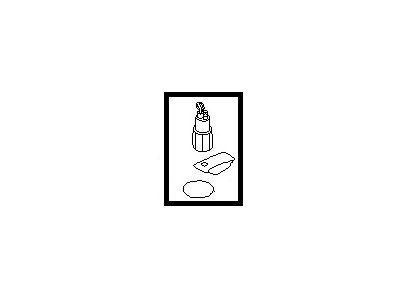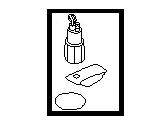×
- Hello
- Login or Register
- Quick Links
- Live Chat
- Track Order
- Parts Availability
- RMA
- Help Center
- Contact Us
- Shop for
- Nissan Parts
- Nissan Accessories

My Garage
My Account
Cart
Genuine Nissan Quest Fuel Pump
Gas Pump- Select Vehicle by Model
- Select Vehicle by VIN
Select Vehicle by Model
orMake
Model
Year
Select Vehicle by VIN
For the most accurate results, select vehicle by your VIN (Vehicle Identification Number).
9 Fuel Pumps found
Nissan Quest Electric In Tank Fuel Pump
Part Number: 17040-1JA3A$449.77 MSRP: $686.45You Save: $236.68 (35%)Ships in 1-3 Business Days

Nissan Quest Fuel Pump
The Fuel Pump of Nissan Quest vehicles is involved in the delivery of fuel from the tank to the carburetor or the fuel injectors. Electric pump is found typically in fuel injection while the mechanical pump is used in carburation. Thus, as you may already know, the work of the pump is to put pressure in the fuel so that it will burn properly inside the engine. Nissan Quest cars may have different kinds of fuel pumps; electric type is placed inside the fuel tank, while the mechanical type is placed outside. Electric pumps are developed with higher pressure application and have electronic control unit for correct and safe fuel delivery and supply. In summary, since the pump is responsible for delivering fuel with the correct volume and pressure to the engine, it is an important component in the improvement of performance and horsepower.
If you need any OEM Nissan Quest Fuel Pump, feel free to choose them out of our huge selection of genuine Nissan Quest Fuel Pump. All our parts are offered at unbeatable prices and are supported by the manufacturer's warranty. In addition, we offer quick shipping to have your parts delivered to your door step in a matter of days.
Nissan Quest Fuel Pump Parts Questions & Experts Answers
- Q: How do you remove the Fuel Pump from a Nissan Quest and relieve the fuel pressure?A:Relieve the fuel pressure and remove the Fuel Tank from the vehicle. Detach the fuel feed line and return lines and the mounting bolts from the fuel pump module. On later models, quick-disconnect fittings are used on the fuel pump and fuel tank lines. These fittings require a special tool to disconnect. The tool is available from auto parts stores and dealer service departments. Follow the instructions included with the tool. Lift the fuel pump/sending unit assembly out of the tank. Carefully angle the fuel pump module out of the fuel tank without damaging the fuel level sending arm and float. Caution: The fuel level float and sending unit are delicate. Don't bump or bend them during removal or the accuracy of the sending unit may be affected. Inspect the condition of the O-ring around the opening of the tank. If it is dried, cracked or deteriorated, replace it. Remove the strainer from the lower end of the fuel pump. If it's dirty, remove it and clean it with carburetor cleaner spray. If it's too dirty to be cleaned, replace it. Note: Most new fuel pump assemblies come equipped with a new strainer. Loosen the fuel pump mounting clamp bolt. To separate the fuel pump from the assembly, remove the fuel hose lower clamp and disconnect the electrical connector from the fuel pump. Installation of the fuel pump to the sending unit is the reverse of removal. Clean the fuel pump mounting flange and the tank mounting surface and seal the ring groove. Apply a thin coat of heavy grease to the new seal ring to hold it in place during assembly. Position the O-ring around the opening in the fuel tank and guide the fuel pump/sending unit assembly into the tank. Make sure the fuel lines are facing in their original position, then tighten the fuel pump module bolts securely. Install the fuel tank.
- Q: How to perform a Fuel Pump and fuel pressure test on Nissan Quest?A:To perform the fuel pressure test, you'll need a fuel pressure gauge capable of measuring high fuel pressure and an adapter set for the fuel injection system being tested. Check there's adequate fuel in the tank. Ensure the fuel pump runs by removing the fuel filler cap, turning the ignition key to the On position, and listening for a whirring sound from the fuel filler opening. Relieve the fuel system pressure, install a fuel pressure gauge and adapter between the fuel filter and the rear fuel rail. With the ignition On and the air conditioning Off, the fuel pump should run, and pressure should register on the gauge. Start the engine and idle, then disconnect the vacuum hose from the Fuel Pressure Regulator to see if the pressure increases. If the pressure isn't within specifications, check for vacuum to the fuel pressure regulator, for a pinched or clogged fuel return hose, or replace the regulator. Monitor the pressure on the gauge with the engine Off and the ignition On; if the pressure changes too much, an injector may be leaking or the in-tank fuel pump leakdown valve might be faulty. After testing, relieve the fuel pressure and remove the gauge. If the pump doesn't turn on, check the fuel pump fuse. If fuses are intact, check for battery voltage at the fuel pump harness connector and for continuity to ground. If there's no voltage, check the fuel pump relay. If the relay functions, probe the relay connector with a test light after turning the ignition On; the light should illuminate briefly, indicating the ground circuit from the PCM works. If the relay connector has the correct signals, check the relay-to-fuel pump harness circuit for issues.
Related Nissan Quest Parts
Browse by Year
2017 Fuel Pump 2016 Fuel Pump 2015 Fuel Pump 2014 Fuel Pump 2013 Fuel Pump 2012 Fuel Pump 2011 Fuel Pump 2010 Fuel Pump 2009 Fuel Pump 2008 Fuel Pump 2007 Fuel Pump 2006 Fuel Pump 2005 Fuel Pump 2004 Fuel Pump 2003 Fuel Pump 2002 Fuel Pump 2001 Fuel Pump 2000 Fuel Pump 1999 Fuel Pump 1998 Fuel Pump 1997 Fuel Pump 1996 Fuel Pump 1995 Fuel Pump 1994 Fuel Pump 1993 Fuel Pump


